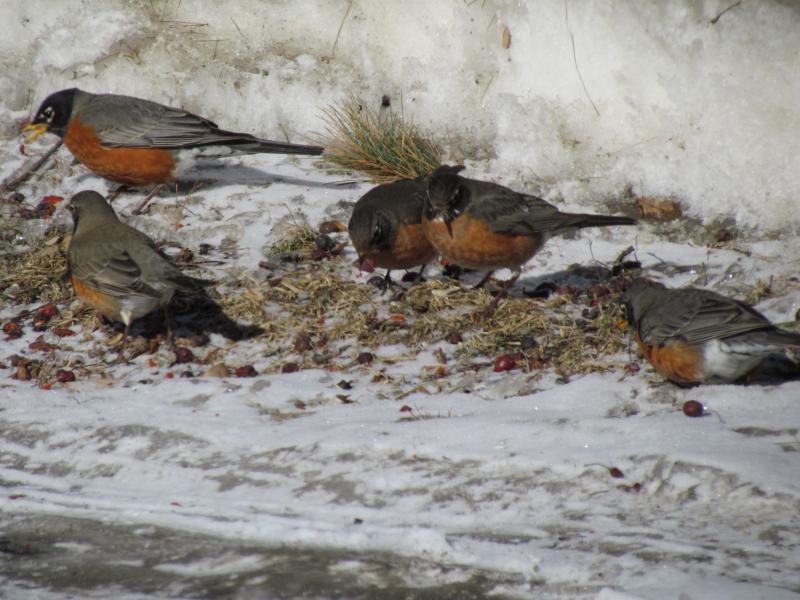Remember that really tall person you saw last week at the grocery store? Or maybe the guy with the big mustache at the coffee shop? Or the young woman with the pink-colored hair at the restaurant?
Now, try to remember any of the individual black-capped chickadees, herring gulls, mallards, or American crows that you observed over the last month or two.
If you are like most people, you won’t have noticed any individual differences between the birds you saw unless it is a species in which the male and female are drastically different or, as in gulls, if they have distinct immature plumages. But just because we don’t notice any variation in the birds that we see doesn’t mean that there are none. In fact, without some variation, just about every living thing is doomed. To cope with the variability of our world over space and through time, variability in the genetic makeup of individuals of a species is key so that there are some individuals that have some traits that allow them to survive and thrive when others don’t.
Some of the variability in widespread species across continental scales has been noticed and named by ecologists. Bergmann’s Rule, for example, says that animals in colder (normally more northerly) regions will be larger than their counterparts in warmer regions. Studies that have looked at size measurements of individuals within a bird species have shown that this tends to be true (but not always!). There are other proposed relationships, including Gloger’s Rule that states that animals in more hot and humid environments will be more darkly pigmented. Allen’s Rule claims that animals in colder regions will have shorter, thicker limbs and body parts than those from warmer climes, an advantage in minimizing heat loss.
More often than not, though, the variation observed cannot be ascribed to some named “rule.” Ornithologists do know that within a species, those that migrate the farthest tend to have longer wings than those that don’t or that migrate short distances. We sometimes can distinguish subspecies from different regions if they have particularly distinctive features or differences, as in some of the subspecies of Canada goose.
Sometimes the easiest type of individual variation detectable by us humans among birds of the same species is through their songs. Although they all tend to engage in song matching with their neighbors, most will also have some distinctive features in their songs that can separate them as individuals. Occasionally this will be particularly striking. We had a song sparrow near our house for several years that sang one particular phrase in his song that sounded like a part of a popular nursery rhyme.
Of course if you look really closely at the birds that you see repeatedly in your backyard or park or down in the harbor, you can sometimes begin to see individual differences in their plumage and behaviors as well. It’s when we have been watching our feeders closely that we have noticed the occasional chickadee with a white tail feather or a little more black in the throat. Or the blue jay that is bigger than all the others. Or the house finch whose color is more orange then the normal reddish-purple.
The differences must be noticeable to birds the way an individual person looks different to other people. Next time you’re out birding or watching your feeders, take a few minutes to see what differences you can find among individual birds of the same species—it makes bird watching that much more rewarding!
Jeffrey V. Wells, Ph.D., is a Fellow of the Cornell Lab of Ornithology. Dr. Wells is one of the nation's leading bird experts and conservation biologists and author of the Birder’s Conservation Handbook. His grandfather, the late John Chase, was a columnist for the Boothbay Register for many years. Allison Childs Wells, formerly of the Cornell Lab of Ornithology, is a senior director at the Natural Resources Council of Maine, a nonprofit membership organization working statewide to protect Maine’s environment. Both are widely published natural history writers and are the authors of the book, Maine’s Favorite Birds.





























.png)
.png)

